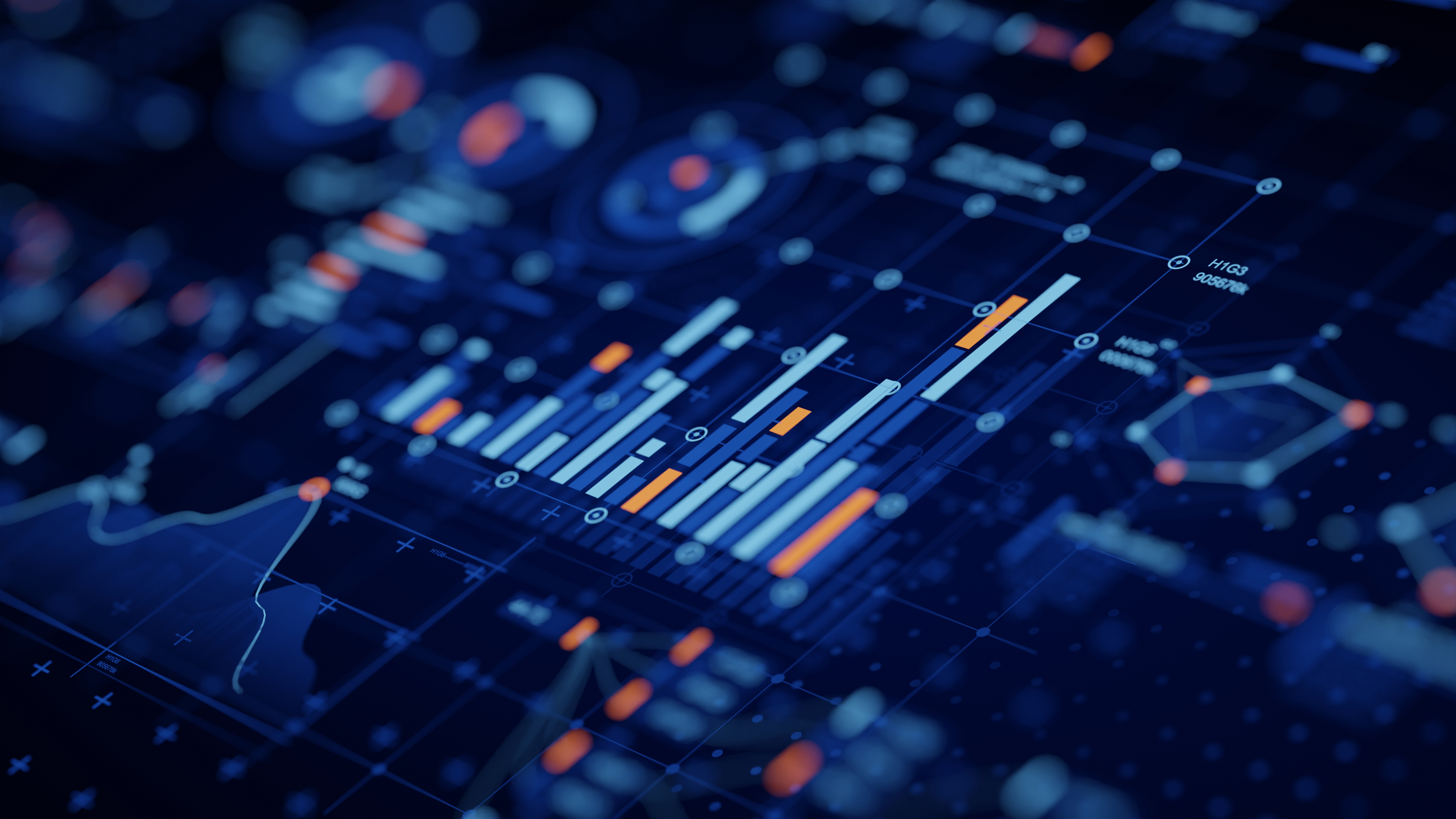5 Things That Will Make Your Supply Chains More Sustainable
Supply chain sustainability has become an increasingly important topic in recent years, as businesses around the world strive to minimize their...
The manufacturing industry has come a long way since the Industrial Revolution. From the introduction of steam power to the rise of automation, technological advancements have transformed the way we produce goods.
Today, we stand on the cusp of a new era in manufacturing: Industry 5.0. This latest phase of manufacturing is defined by the fusion of cutting-edge technology with human skills to create highly customized products that meet the unique needs of consumers.
The European Union describes this new economic revolution as an offering,
In this blog post, we will explore what Industry 5.0 is, its benefits, potential drawbacks, and how it might shape the future of the manufacturing industry.
One of the most significant advantages of Industry 5.0 is the ability to offer highly customized products to consumers. In contrast to mass production, which produces identical products in large quantities, Industry 5.0 allows for the creation of unique products tailored to individual customer needs.
This level of customization is made possible by advanced technologies such as 3D printing, which can create complex shapes and designs at a relatively low cost. The result is a more personalized product that meets the specific requirements of the customer, leading to greater customer satisfaction and loyalty.
With only a device and a little creativity, a customer can make their own thing utilizing high-end digital tools, feel involved in the design process, and enjoy the hyper-realistic experience.
Also, the time it takes to receive their item won't be any longer than the time it takes to resupply a typical mass-produced item. There will be no dead stock, which means there won't be any "dead money" for brands because the goods will only be manufactured after the purchase.
RELATED POST:
5 THINGS TO THINK ABOUT BEFORE INVESTING IN NEW TECHNOLOGY
Industry 5.0 is characterized by the collaboration between humans and machines. Unlike previous phases that emphasized automation and the replacement of human labor, Industry 5.0 seeks to leverage the strengths of both humans and machines to improve manufacturing processes.
For example, machines can perform repetitive and dangerous tasks, while humans can provide the creativity and problem-solving skills necessary to optimize production. This collaboration results in a more efficient and effective manufacturing process that benefits both consumers and companies.
Moreover, Industry 5.0 also provides opportunities for upskilling and reskilling workers. As machines take over repetitive and dangerous tasks, workers can be trained to operate and maintain these machines, as well as to manage the data generated by them. This can lead to a more highly skilled and diversified workforce and less job displacement than in previous phases of automation.
While Industry 5.0 offers many benefits, there are also potential drawbacks to consider. One of the most significant concerns is the potential for job displacement. As machines become more advanced and capable of performing complex tasks, there is a risk that many jobs will become obsolete.
However, as mentioned earlier, Industry 5.0 also presents opportunities for upskilling and reskilling workers, which can help mitigate the impact of job displacement.
Another potential drawback is the high cost of implementing Industry 5.0 technologies. The technology required to produce customized products is still relatively expensive, and it may take some time for costs to come down. This may result in higher prices for consumers, which could limit the adoption of Industry 5.0 products.
Security, privacy, a lack of experienced staff, a lengthy process, and a high budget requirement are the current issues.
Adopting industry 5.0 is necessary to adhere to industrial norms and regulations that can help to cooperate with cobots and smart machines. Cognitive computing, human-machine interaction, and quantum computing are the upcoming directions for industry 5.0.
In conclusion, Industry 5.0 represents a significant shift in the manufacturing industry. By combining advanced technology with human skills, manufacturers can offer highly customized products that meet the unique needs of consumers. While there are potential drawbacks to consider, the benefits of Industry 5.0 are numerous.
As we continue to embrace this new era in manufacturing, it will be essential to address concerns such as job displacement and cost. However, if managed correctly, Industry 5.0 has the potential to revolutionize the way we produce goods and improve the lives of consumers around the world.
By adopting Industry 5.0 technologies, manufacturers can stay competitive, increase customer satisfaction and loyalty, and contribute to the development of a more highly skilled and diversified workforce.
With TIM's smart solutions, you can have early access to Industry 5.0. Discover which TIM's solution is best for your industrial facility.

Supply chain sustainability has become an increasingly important topic in recent years, as businesses around the world strive to minimize their...

Predictive analysis is a technique used in data analysis that leverages statistical algorithms and machine learning to forecast future events or...
-2.png)
From the beginning of Industry 4.0, there is a clear path to be seen: Wearable Technology Era is coming. We are using smart devices, and if you think...